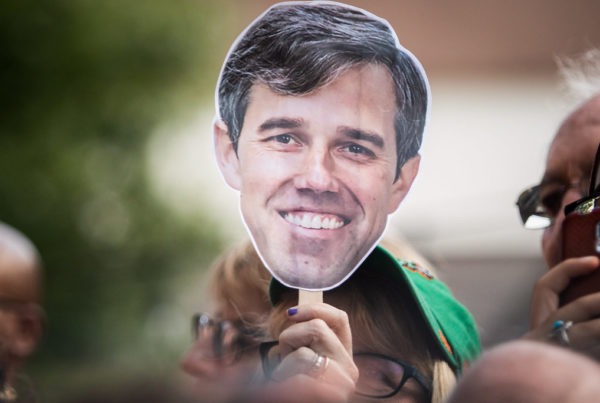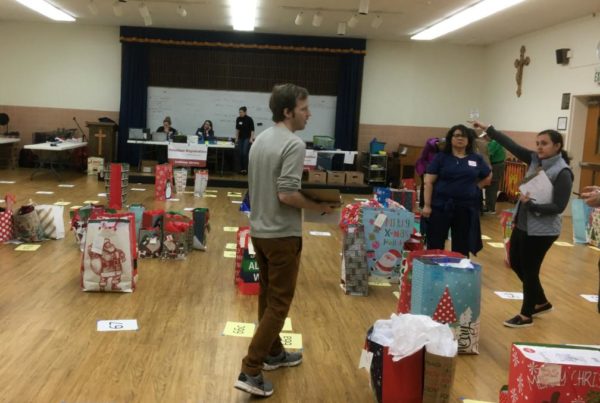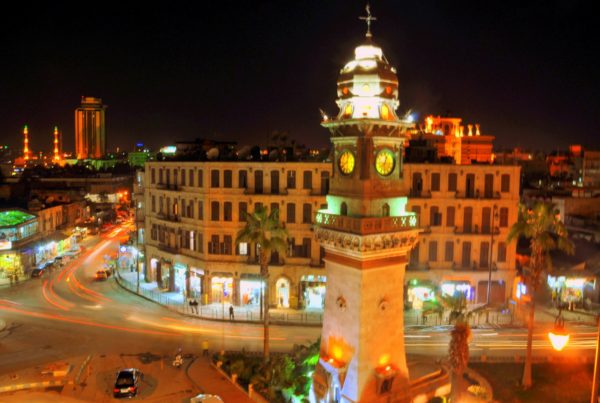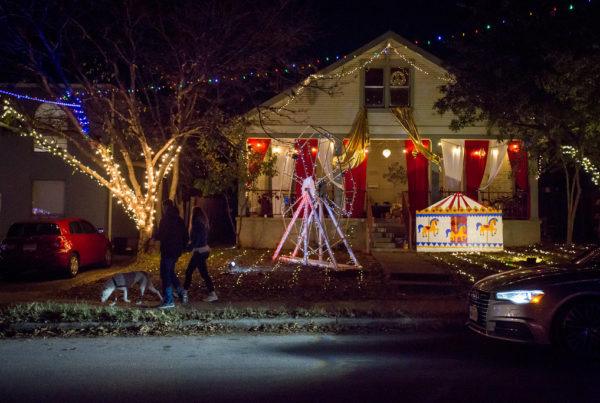In recent years, migrating to the United States has become harder. The Trump administration has added restrictions to all visa categories, whether they be F-1 student visas or H-1B visas that allow people to work temporarily in the United States.
Visa denials have doubled in the past few years. This is not only changing the demographics of the nation’s workforce, but the diversity of America’s artistic talent pool.
Abhi Sridharan grew up all over the world. Born in India, he moved with his family to France, China and Fiji.
“All my life, my family has been moving around,” Sridharan says.
In 2011, Sridharan came to the U.S. on a student visa to go to college in Thousand Oaks, California. There, he started making music. When his student visa expired, he went to France and came back to the U.S., this time landing in Texas, in 2017.
While in Austin, Sridharan began playing a few shows during the South By Southwest music festival, getting experience and developing a portfolio of work. With that in hand, he applied for the little-known O-1 visa. It’s granted to those who exhibit “extraordinary talent.”
Immigration attorney Jason Finkelman says this visa can apply to talented individuals from all industries.
“Everyone, from musicians, artists, entertainers … to astrophysicists … to computer scientists,” Finkelman says. “Whatever your field is, if you’ve reached the top of your field, you may be eligible for an O-1 visa.”
People like Justin Bieber, Hugh Jackman, John Oliver and actress Kate del Castillo are all O-1 recipients.
Applying for this visa is not an easy process. The quickest way for someone to get it is through undeniable recognition, like a Nobel or Pulitzer prize. But because not everyone who’s eligible for the visa is at that level, the person who gets to judge the relevance of their work is the immigration officer. Finkelman says most cases run into difficulties because of that subjectivity.
“I have a client who designed the motion graphics for the way an iPhone would spin in an Apple iPhone ad,” Finkelman says.
But Finkelman can’t simply send federal immigration authorities a video of the iPhone graphics; he has to submit everything on paper. Finkelman has to describe, in print, how the graphics move, why they are unique and provide the testimony of others.
“So, we’d have to get other graphic designers to say the way that this particular individual was able to manipulate this graphic was revolutionary,” Finkelman says.
O-1 visas are for extraordinary people, but that doesn’t necessarily mean they all have to go to Hollywood or become famous. A lot of them decide to stay and contribute to their communities.
Gustavo Bernal works for Creative Action, an educational nonprofit in Austin. He was a Venezuelan filmmaker when he came to the U.S. in 2003 on a tourist visa. But what he really wanted to do was work, so he met an attorney who helped him get the O-1 visa so he could shoot commercials.
“I worked for an advertising agency in New York called Spike DDB, run by Spike Lee,” Bernal says. “I cut two [public service announcements] with Magic Johnson.”
But this was easier for Bernal than most. Back in Venezuela, he worked with high-profile clients like HBO Latin America, and won film festival awards from around the world.
Now, at Creative Action, he hopes to pass along his passion for film to his students.
“Something that connects me pretty well with these kids is at that age, I was already interested in this,” Bernal says. “I wish that when I was a kid, I had this opportunity to meet people, like a teaching artist like myself.”
Once granted, an O-1 visa is good for up to three years. Finkelman says while nothing has changed about what’s required for this visa, the government is more closely scrutinizing applicants.
“We see U.S. Citizenship and Immigration Services officers looking with a more strict eye at O-1 visa applications than ever before,” Finkelman says.
And that’s unfortunate, he says. Through this visa, creatives from all over the world could contribute their uniqueness to the American cultural landscape.
“It’s in the interest of this country to bring the best and brightest talent. It encourages innovation,” Finkelman says.















